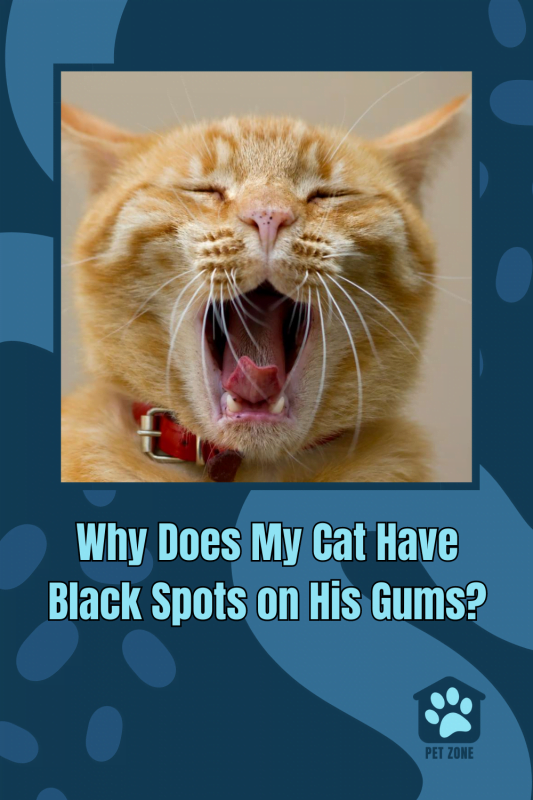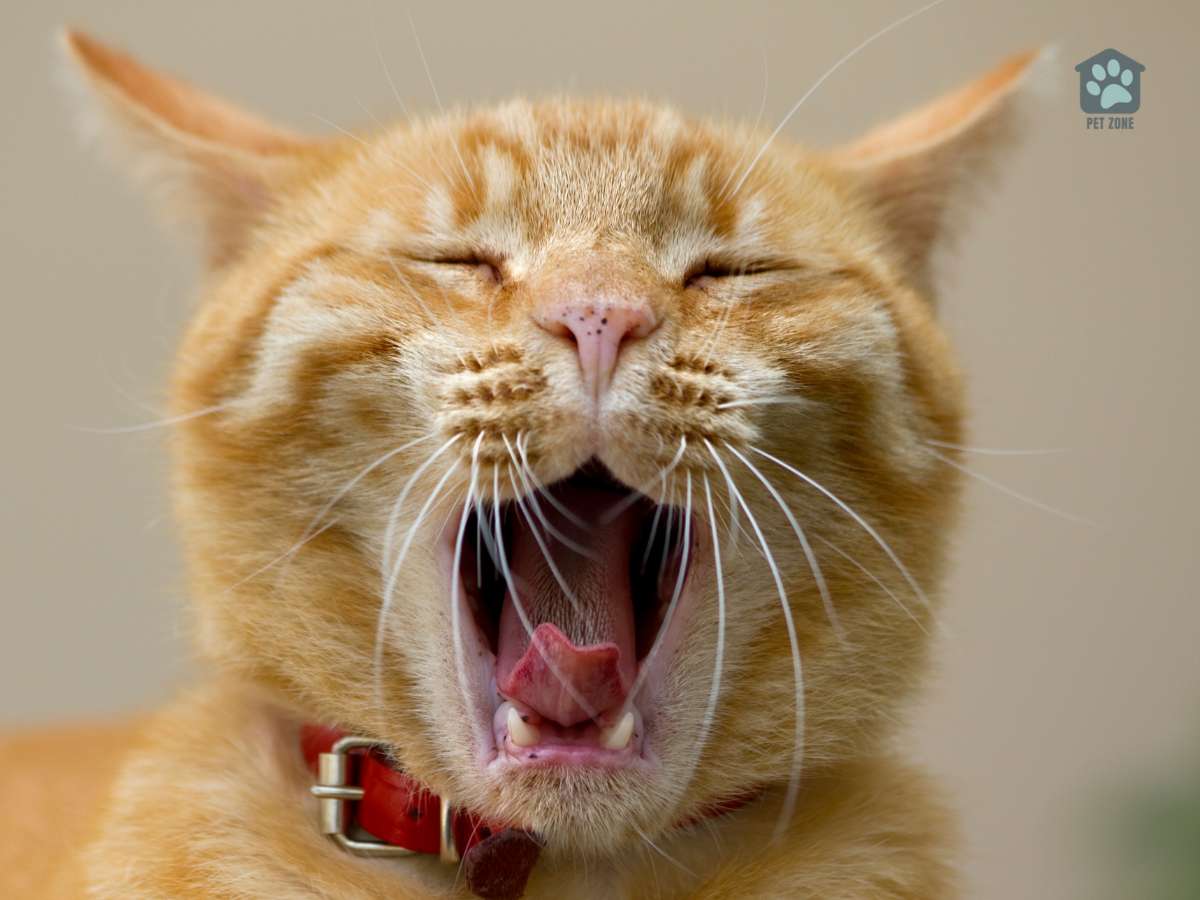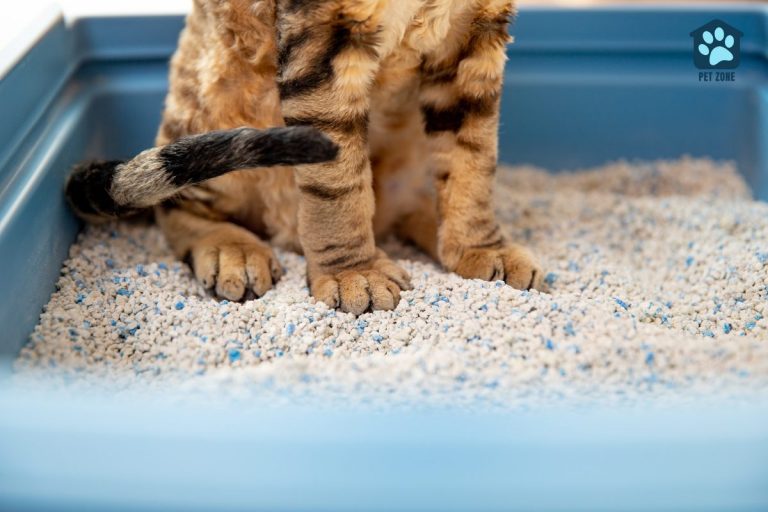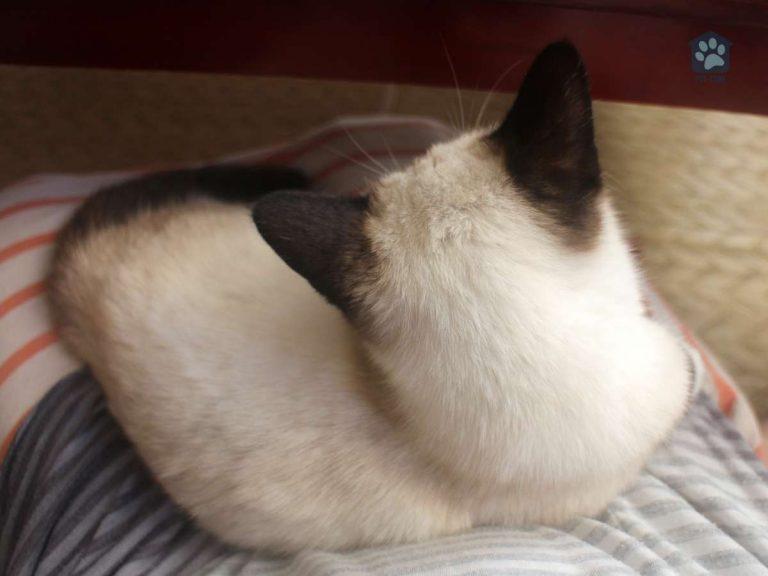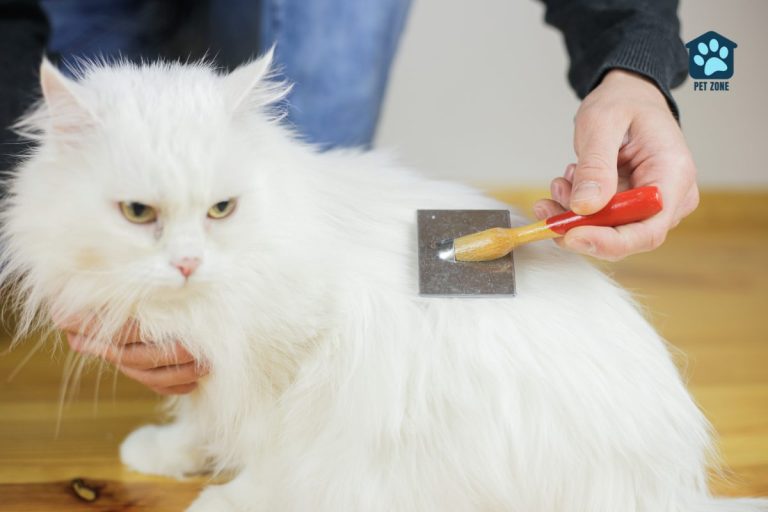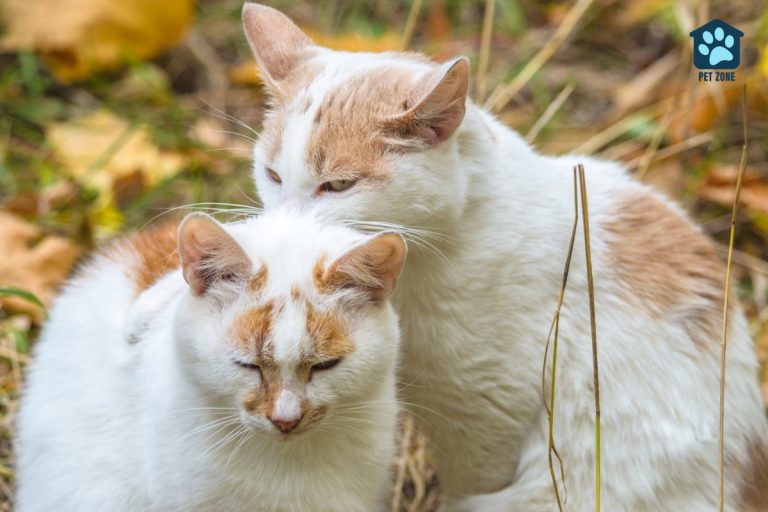Black spots on a cat’s gums are often caused by a benign condition called lentigo. This genetic condition results in an increase in pigment-producing cells, known as epidermal melanocytes, leading to hyperpigmentation in the cat’s skin cells. Lentigo typically develops in cats as young as one year and is more common in orange, silver, and lightly colored cats.
Estimated reading time: 8 minutes
Black Spot Identification in Cats
Black spots on a cat’s gums can be puzzling for many cat owners. These dark spots can sometimes be alarming, but understanding what they are can ease your concerns.
Understanding the Black Spots on Gums
If you’ve found black spots on your cat’s gums, you might be worried. It’s completely normal to be concerned, but these spots are typically a benign condition. Known as lentigo, this genetic condition causes the appearance of black or brown spots on a cat’s gums and other parts of the body.
The spots on a cat’s gums may appear small at first but can grow in size as the cat ages. They are caused by an increase in pigment-producing cells known as epidermal melanocytes. These cells multiply, leading to hyperpigmentation or the darkening of the skin cells.
Relation to Pigmentation and Skin Cells
Pigmentation in cats, including the appearance of dark spots, is not rare in cats. Lentigo spots are similar to freckles or age spots in humans and can be likened to a benign condition. The spots appear on your cat’s gums, lips, and sometimes even the eyelids.
The cause of lentigo is unknown, but it’s a completely normal phenomenon, especially in orange cats. This condition is common in orange cats and is not usually a cause for concern.
These black spots can also pop up on a tortoiseshell or calico cat. They do not appear to be associated with sun exposure like freckles are associated with sun exposure in humans.
The good news for cat owners is that finding black spots on a cat’s gums is usually not a sign of anything serious like melanoma. However, if the black spots on the gums seem different or are causing your cat discomfort, it’s wise to take your cat to the vet to be evaluated by a veterinarian as soon as possible.
Other Pigmentation Changes
Apart from lentigo, cats might experience other pigmentation changes. Some spots can also pop up like freckles, associated with sun exposure. However, unlike spots in humans, these are generally not harmful in cats.
Some rare cases might look like melanoma but are more likely to be benign. However, if these dark spots seem different or cause discomfort, it’s always safe to have your cat evaluated by a veterinarian as soon as possible.
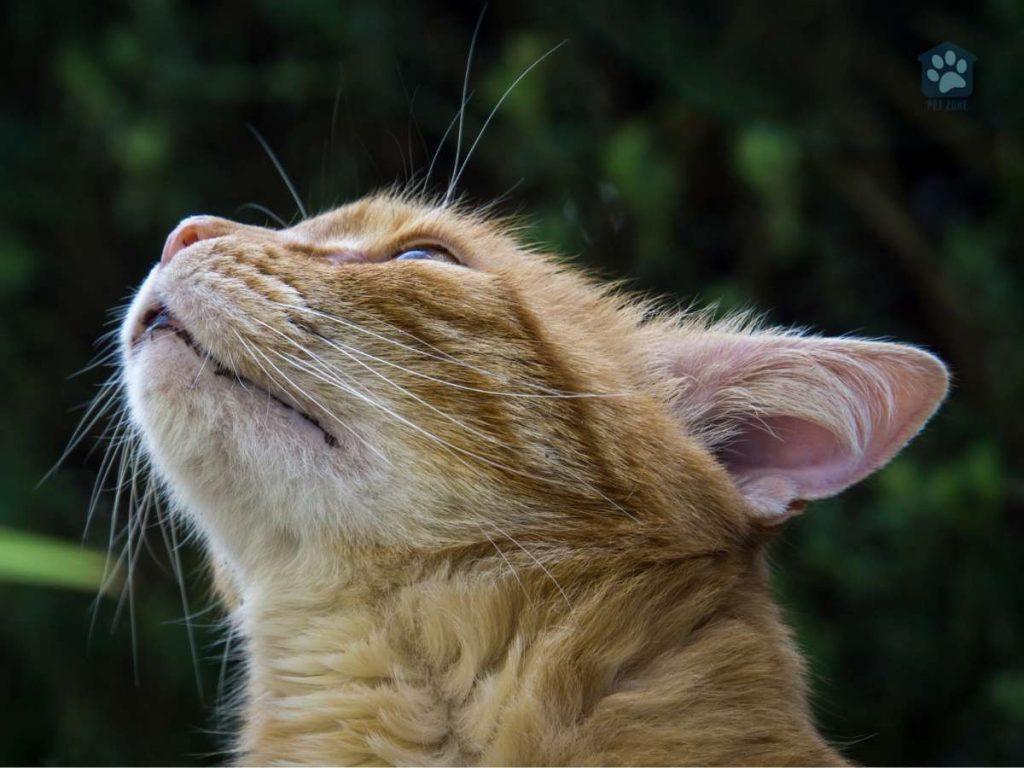
Recognizing Lentigo
Lentigo is a benign condition in cats, resulting in black or brown spots on the cat’s gums and other areas. These spots can also pop up on an orange cat’s nose, lips, or eyelids. Lentigo spots are completely normal and are often found in orange cats, tortoiseshell, and calico.
These spots appear on your cat’s face and other parts as the cat ages. They’re caused by an increase in pigment-producing cells known as epidermal melanocytes. Unlike freckles, which are associated with sun exposure in humans, lentigo spots are not linked to sun exposure.
What is Lentigo Simplex?
Lentigo simplex is a benign condition in cats that leads to the appearance of small black or brown spots on a cat’s skin. These spots can also pop up on the eyelids, lips, and gums. Unlike melanoma spots, lentigo spots are harmless and are not a cause for concern.
Lentigo is a benign condition that mainly affects lightly colored cats, especially orange cats. The increase in the number of epidermal melanocytes, or pigment-producing cells, causes the appearance of these spots on your cat’s face and other areas.
Cause of Lentigo: Genetic Factors
The exact cause of lentigo is unknown, but it’s believed to be a genetic condition. It’s not caused by sun exposure, like freckles in humans. This condition is more common in orange cats, tortoiseshell, and calico, and it’s typically not a sign of anything more serious.
Lentigo Development in Cats Under One Year
Lentigo can start appearing in cats as young as a year old. These black spots on a cat’s gums and nose might be startling at first, but they’re normal. With older cats, you might notice more spots appearing. This is typical and not a reason to panic.
Orange cat’s nose, lips, and other areas may show these spots, which are completely normal. If your cat has black spots and you’re still worried, it’s always wise to take your cat to the vet to have the spots evaluated by a veterinarian.
Lentigo simplex doesn’t require treatment options, but appropriate treatment for any underlying dental disease or other issues can be discussed with your veterinarian if needed.
How Cats Develop Black Spots
Black spots appearing on a cat can be a curious sight. These spots, known as lentigo, are not just confined to the gums; they can develop in various areas of a cat. Let’s explore how these spots form and why certain cats might be more prone to them.
The Appearance and Growth of Black Spots on Lips, Eyelids, and Nose
Lentigo spots can start small and become more widespread as the cat ages. They might appear on your cat’s lips, eyelids, and even an orange cat’s nose. These spots are caused by an increase in the number of epidermal melanocytes, the pigment-producing cells that lead to hyperpigmentation.
Unlike melanoma, which is rare in cats, these black pigmentation spots are benign. They can be similar to freckles or age spots in humans. The spots appear on your cat’s face and other areas but are not associated with sun exposure.
Why Orange Cats Are More Prone
Lentigo is more common in orange cats, but it can also pop up on tortoiseshell and calico cats. The cause of lentigo is unknown, but it’s completely normal and not typically a cause for concern.
These spots on your cat’s gums or other areas might look like melanoma, but they’re not. Orange cats’ unique genetic makeup seems to make them more susceptible to developing these spots. The condition is not dangerous, and it’s part of what makes each orange cat unique.
If you find that your cat has black spots on its gums, eyelids, or other areas, don’t panic. It’s essential to maintain your cat’s oral health, but these spots are generally not a sign of dental disease or anything serious. However, if your cat’s black spots change or if there’s bad breath or other signs of discomfort, it’s always a good idea to take your cat to the vet for a checkup.
How to Recognize and Respond to Black Spots on Gums
Not all black spots on a cat’s gums are a reason for alarm, but understanding what they are and how to respond is key.
When to Take Your Cat to the Vet
While lentigo is benign and usually not a cause for concern, black spots on the gums can also signal other health problems. If your cat has black spots that seem different or are paired with bad breath, discomfort, or other signs, take your cat to the vet.
A veterinarian can examine the black spots on your cat’s gums and determine if they are lentigo or something more serious like dental disease or melanoma. Prompt attention ensures that if there are any underlying issues, appropriate treatment options are available.
Maintaining Your Cat’s Oral Health
Beyond lentigo, it’s essential to maintain your cat’s oral health. Regular checkups with a veterinarian and attention to teeth and gums will help you catch any dental disease early. If you develop a routine of monitoring your cat’s mouth, finding black spots and knowing when to consult a veterinarian becomes easier.
Black spots on your cat’s gums may be completely normal, especially if your cat is one of the common orange cats prone to this genetic condition. However, vigilance and understanding when to consult a veterinarian will help you care for your cat’s overall well-being.
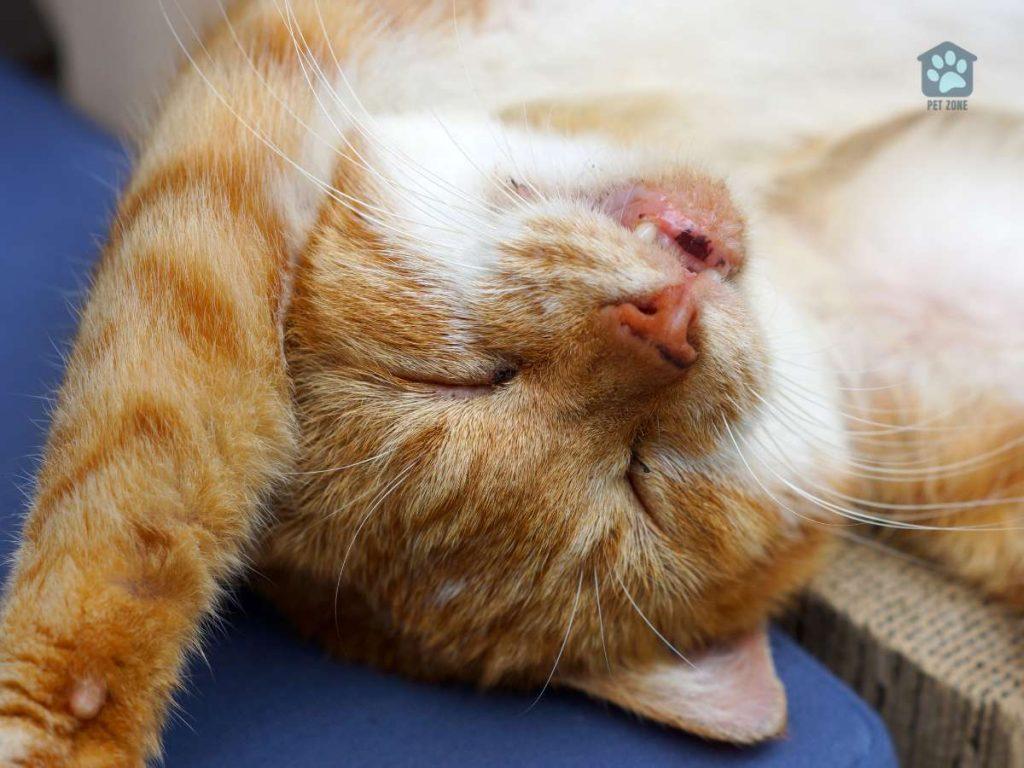
Treatment Options and Final Thoughts
Lentigo in cats is not a cause for concern, and there’s usually no need for treatment. The spots on a cat’s gums and other areas are simply a part of what makes each cat unique. However, if the spots are coupled with other issues like gum disease, treatment might be required.
If you’re unsure about any black spots on your cat’s gums, eyelids, or nose, don’t hesitate to consult a veterinarian. While the cause of lentigo is unknown and the spots are typically benign, professional evaluation ensures your cat’s well-being.
Being aware of your cat’s appearance and any changes, especially as the cat ages, can help you catch any issues early on. Understanding lentigo and other pigmentation changes gives you the knowledge to care for your cat in the best possible way.
Feel free to share your thoughts or experiences in the comments below, and don’t hesitate to share this article with other cat owners who might find it helpful!
As an Amazon Associate I earn from qualifying purchases.
